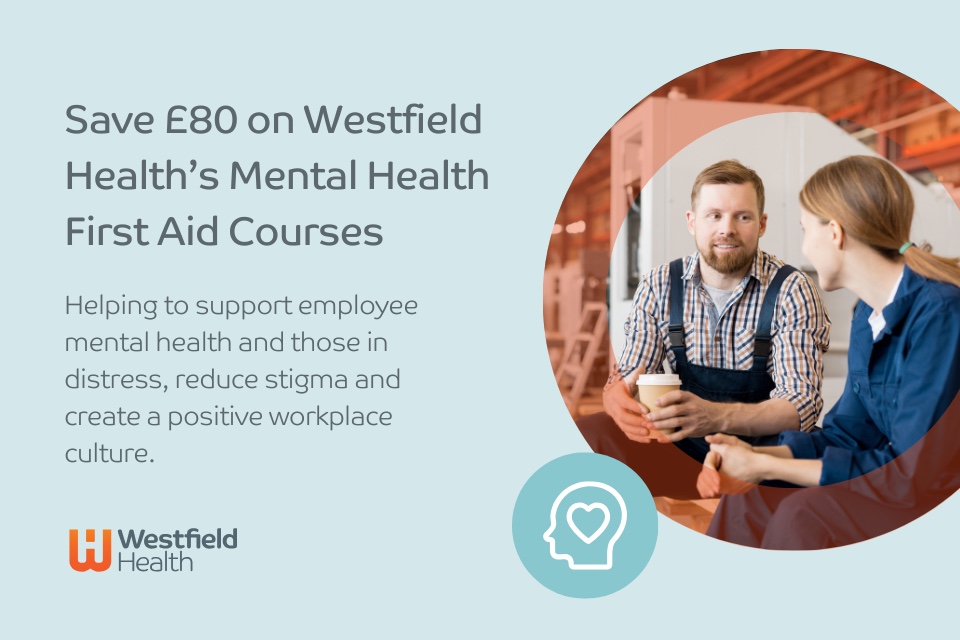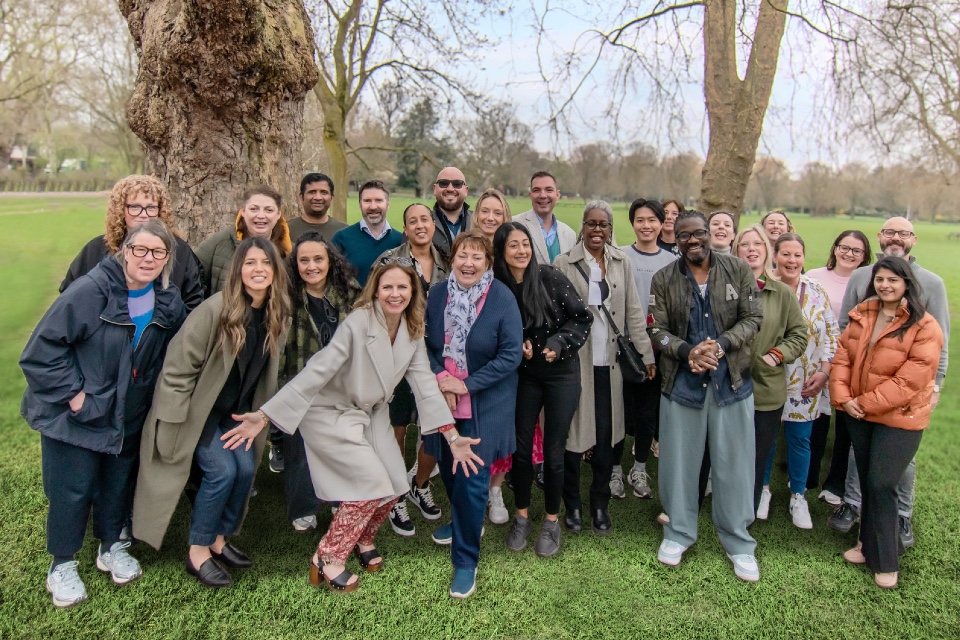Forward-thinking organisations are shifting from passive support to proactive engagement, embedding mental health into the fabric of organisational culture – and it starts with leadership. Senior HR professionals attending the HR Summit are recognising that a sustainable mental health strategy must go beyond access to helplines or wellness apps. It requires training leaders at all levels to identify early signs of distress, foster psychological safety, and create environments where employees feel seen, supported, and empowered…
The New Role of Line Managers and Team Leaders
Managers are on the front lines of workplace wellbeing. They are the first to notice behaviour changes, shifts in performance, or signs of burnout. In 2025, more HR teams are investing in leadership development programmes that:
✔ Teach managers how to recognise stress, anxiety, and burnout indicators in hybrid or remote settings.
✔ Equip them with the skills to hold empathetic, non-judgemental conversations about mental health.
✔ Provide decision-making frameworks for when and how to escalate concerns appropriately.
These programmes often form part of broader Mental Health First Aider (MHFA) initiatives, supported by clinical partnerships and internal HR guidance.
Psychological Safety as a Leadership Competency
Psychological safety—the belief that one can speak up, make mistakes, or ask for help without fear of negative consequences—is increasingly viewed as essential for innovation and engagement.
To embed it within culture, organisations are:
✔ Including psychological safety modules in leadership training and onboarding.
✔ Encouraging leaders to model vulnerability and openness around their own challenges.
✔ Using 360° feedback and engagement surveys to monitor leadership behaviours that support or hinder safe spaces.
By making psychological safety a core leadership competency, companies can address mental health proactively, rather than reactively.
Culture Shift Through Consistent Messaging and Role Modelling
HR teams are increasingly working closely with internal communications and senior leadership to ensure that mental health messaging is regular, consistent, and backed by action. This includes:
✔ Senior leaders publicly endorsing and participating in wellbeing initiatives.
✔ Incorporating mental health KPIs into performance reviews and team development plans.
✔ Normalising flexible working, breaks, and workload management as strategic wellbeing tools.
This cultural shift helps reduce stigma, particularly among male employees and underrepresented groups who may traditionally be less likely to speak up.
By investing in empathetic, psychologically informed leadership training, organisations are creating workplaces where mental wellbeing is a shared, strategic priority. For HR professionals, the message in 2025 is clear: awareness is not enough – action is essential.
Are you searching for Workplace Mental Health & Wellbeing solutions for your organisation? The HR Summit can help!
Photo by Vitaly Gariev on Unsplash









